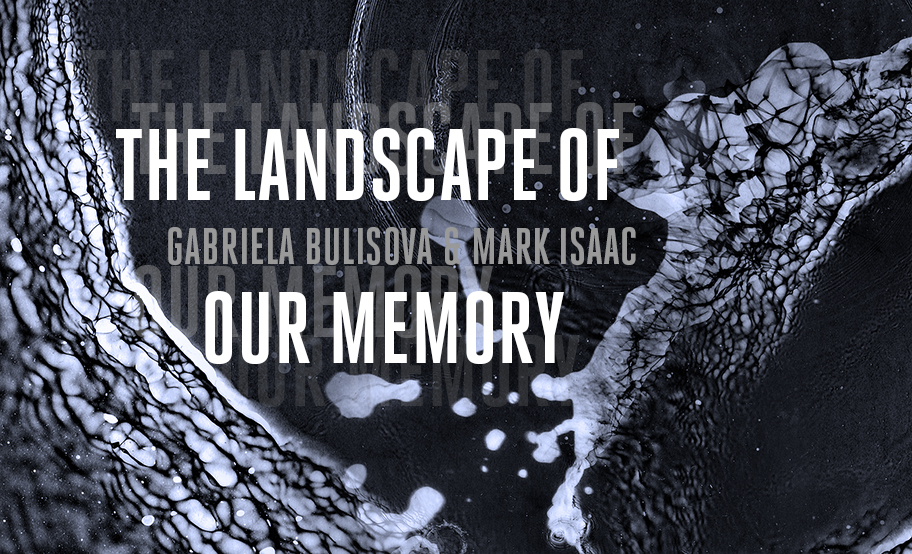The Landscape of our Memory


The artists’ diverse works draw directly on the landscape of the Holocaust to help better understand, memorialize, and process the events that occurred during World War II. The centerpiece of the project consists of portraits of individuals murdered during the dispersed Holocaust. To create these images, the artists used the antique “anthotype” technique in which photographs are created from plant material. They gathered plants and flowers growing on the sites of mass graves, created photo-sensitive emulsion, and exposed images in the sun to create loving tributes to a few of the individuals who lost their lives.
In order to memorialize those for whom no name or photograph exists, the artists used a World War II-era analog camera to create complex, collaged portraits of “witness trees,” or trees that were already growing at these sites at the time of the mass killings. They also created “lumen prints” with earth gathered from nearby these sites, and “watergrams” with water from rivers where the ashes of victims were dumped. These artworks are all linked by the likelihood that traces of the victims still exist in the landscape and may also be literally present at a molecular level in the images.